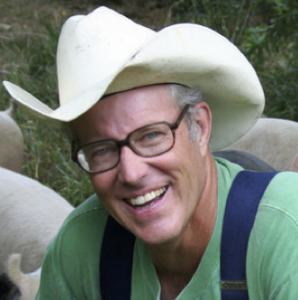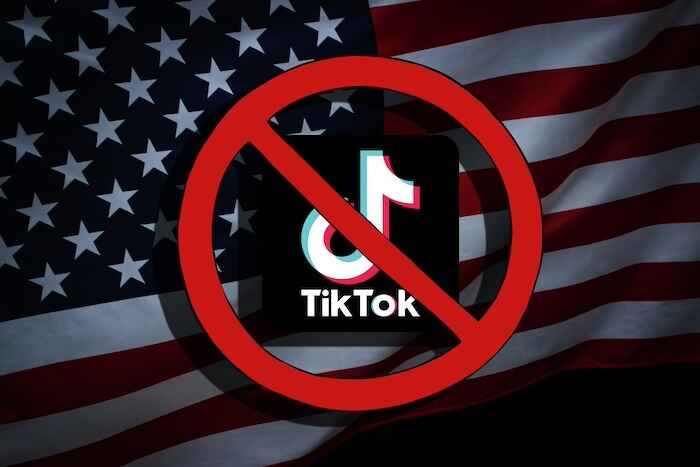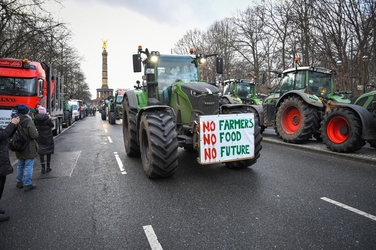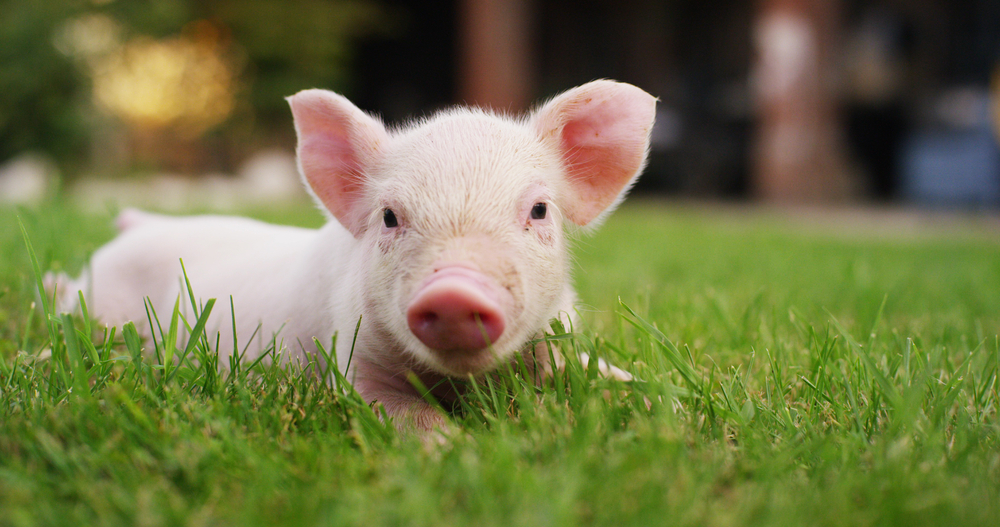A Simple Plan for Figuring Out Your Next Move
Joel Salatin|September 22, 2020

During an interview on a podcast this week, the host asked me, “With all the people leaving cities, if you were one of them, where would you go?”
In my You Can Farm book (and others), I’ve addressed this issue pragmatically… assuming all other things stay the same.
But the events of 2020 have made me think even more critically about this question…
People Over Places
My first thought is to go where you have relationships. Family, church, business, civic groups – these form a core of people who can offer support in skill, money and emotion.
I’ve always believed that people outweigh everything else.
As a farmer, I’d never advise moving based on fertility or land quality. Just about any place can be made productive.
I’ve always encouraged folks in my business to be near a city because that puts you close to markets.
Within 30 minutes of a city seems key to having enough customers and services for the business to be viable. Buying a small place near a market is better than a big place far away.
I like a place with some woods. Few resources are as valuable as wood. Fire for warmth and cooking, lumber for construction, and carbon for compost are all possible with some trees.
As for water, I’d rather have a pond site than a creek. Both are even better… and a spring is a wonderful asset. These are all better than wells from water that you can’t see.
The host pressed me, though, about geography, so I found myself thinking about current events.
A Good Balance
One of the most important considerations is climate. As pictures of massive ice shelves breaking into the ocean fill newspapers, perhaps narrowing down location is in order.
I subscribe to the water theory of climate change, not the greenhouse gas theory. Walter Jehne, an Australian scientist, is probably one of the world’s leading proponents of this theory.
It says that only 5% of the Earth’s temperature is affected by greenhouse gases… and 95% is regulated by water condensation.
In order for water vapor to condense, though, it needs a particle on which to coalesce. Far and away the most common particle is a bacteria of some sort that exudes from leaves. With massive devegetation from overgrazing and tillage, the planet’s pockets of viable vegetation bacteria generation are narrowing.
The planet wants to balance its temperature through atmospheric condensation (cloud formation), but that can’t happen over areas deprived of vegetation. To compensate, more clouds form and more rain falls in areas where good vegetative cover exists.
This is far more localized than most people think.
This is why we’re seeing drier areas in dry parts of the Earth and wetter areas in the wet parts – simultaneous drying and soaking. If that is the trajectory of the future, and any weather map indicates that it is, then moving to either extremely wet areas or extremely dry areas could be a problem.
In the United States, then, coastal areas are off-limits. You want to be inland enough to get away from extreme weather situations. You don’t want to be in dry areas, which eliminates most of the Far West.
The belt of middle ground, then, runs from Oklahoma through Arkansas, Tennessee, Kentucky and North Carolina on the southern side. On the northern side, ideally it would include Nebraska, Kansas, Missouri, Iowa, Indiana, Ohio, West Virginia, Virginia and much of Pennsylvania.
The Midwest has certainly seen some extreme flooding recently… so I’d stay away from rivers. Anything that’s been flooded in the last 100 years probably isn’t a good bet.
Of course, most population centers are on rivers because that’s where people settled to take advantage of waterborne transportation. But if you get half an hour away, you can get to high enough ground to be protected.
Free to Go
In previous generations, nobody thought about this when deciding where to move. They went where they had family or where settlements existed.
But today, strategic thinking like this seems prudent given the kinds of patterns we’re seeing. Interestingly, in general these weather-balanced middle ground areas tend to be politically conservative, have fewer regulations and lower taxes, and have older populations than the other areas.
Going where you can blossom and flourish is not selfish or greedy. It’s certainly as important as a retirement portfolio or job. With today’s service economy and internet access, 60% of all jobs are portable.
Never have we as a culture been as free to go anywhere or be anywhere as we are right now.
Perhaps that is the silver opportunity around what is otherwise a disruptive and tumultuous evolution.
I hope this analysis helps add some grist for your mill if you’re thinking about where you and your loved ones can thrive.
Have you moved – or thought about moving – because of the pandemic? Tell us about it at mailbag@manwardpress.com.

Joel Salatin
Joel Salatin calls himself a Christian libertarian environmentalist capitalist lunatic farmer. Others who like him call him the most famous farmer in the world, the high priest of the pasture, and the most eclectic thinker from Virginia since Thomas Jefferson. Those who don’t like him call him a bioterrorist, Typhoid Mary, a charlatan, and a starvation advocate. With a room full of debate trophies from high school and college days, 12 published books, and a thriving multigenerational family farm, he draws on a lifetime of food, farming and fantasy to entertain and inspire audiences around the world.





